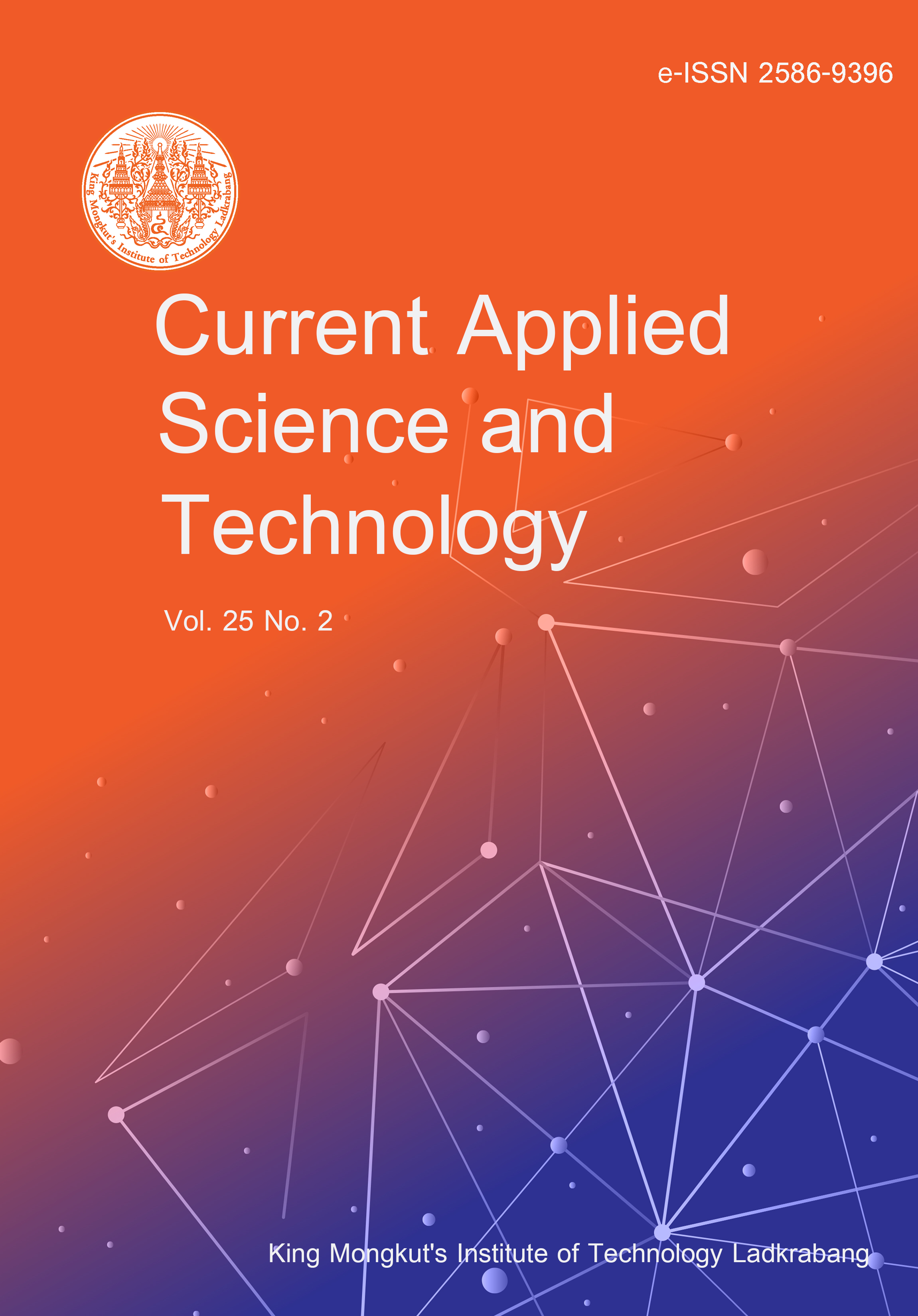Vipera berus, also known as the common adder, is a snake species widely distributed in Europe and parts of Asia. Its venom is a mix of enzymatic and non-enzymatic components causing both local and systemic effects including edema, hemorrhage, myonecrosis, gastrointestinal disorders, and rarely – rhabdomyolysis, coagulopathy and hypovolemic shock. Matrix metalloproteinases (MMPs) and cytokines, being inflammatory mediators, participate both in the development of these reactions and in tissue regeneration after acute damage. The current study was aimed at analyzing the concentrations of important mediators of tissue damage, inflammation and regeneration, namely, MMP-1, -2, -3, -8, -10, TIMP-1 (a tissue inhibitor of MMPs), and pro- and anti-inflammatory cytokines, in rat muscle after intraperitoneal injection of venoms from two subspecies of adders – V. berus berus and V. berus nikolskii — to clarify their role in the local response of skeletal muscle to the studied venoms. Changes in muscle tissue were revealed, namely, significant increase in almost all MMPs including MMP-2, as well as TIMP-1, IFN-γ and anti-inflammatory IL-4 and IL-10 content. Moreover, a tendency for some pro-inflammatory cytokines levels to decline 24 h after venom administration was observed, which may be a sign of inflammation suppression and the beginning of reparative processes associated with extracellular matrix remodeling and formation of an optimal environment for muscle regeneration. However, to establish the exact mechanisms of the changes we found, further studies are needed. The ability of V. berus nikolskii venom to induce more pronounced changes was also shown. Our results may be useful for the development of differentiated and more effective treatment strategies for the consequences of bites by these snakes, which include myonecrosis
Synelnyk, T. ., Sogujko, Y. undefined. ., Maievskyi, K. undefined. ., Shchypanskyi, S. undefined. ., Taranushych, M. undefined. ., Vovk, T. undefined. ., Halenova, T. undefined. ., Raksha, N. undefined. ., & Savchuk, O. undefined. . (2024). Muscle Tissue Response to Vipera berus berus and Vipera berus nikolskii Venoms: A Study on Matrix Metalloproteinases and Cytokine Modulation. CURRENT APPLIED SCIENCE AND TECHNOLOGY, e0262357. https://doi.org/10.55003/cast.2024.262357

